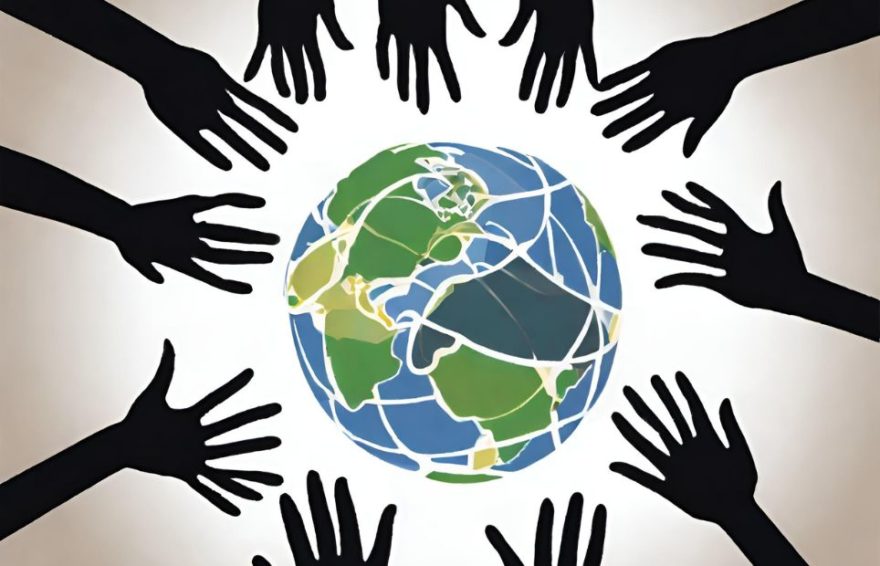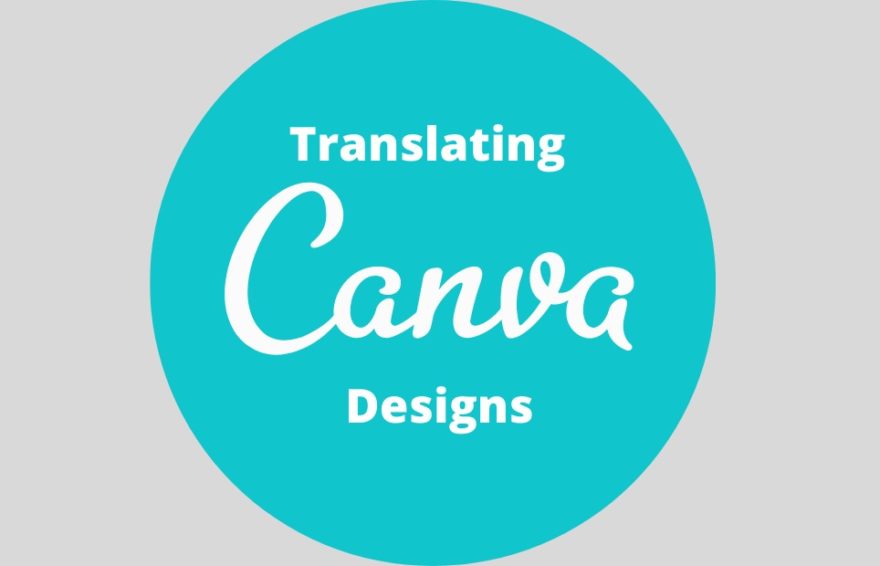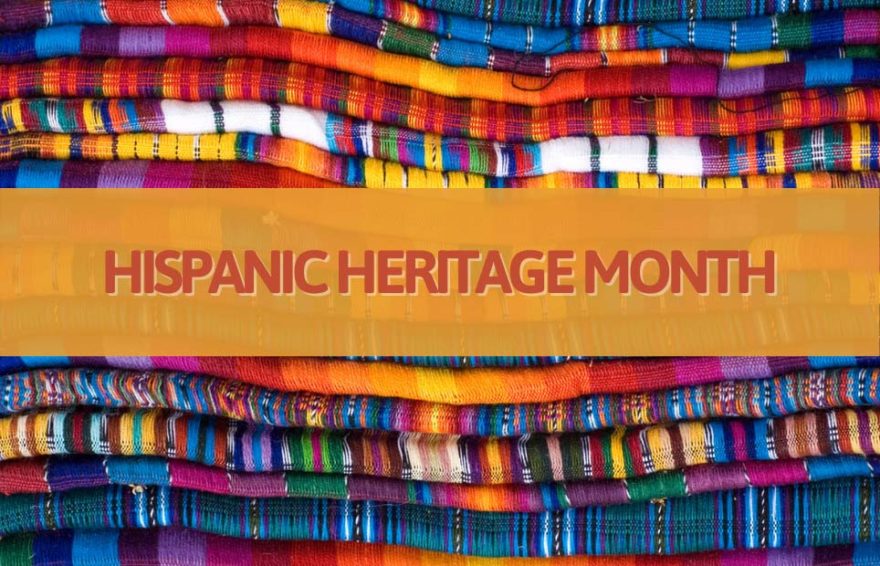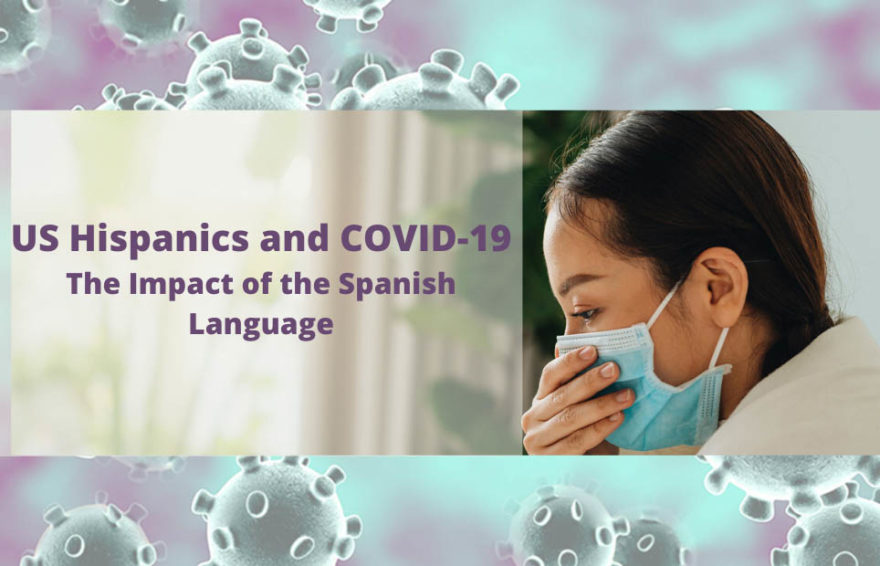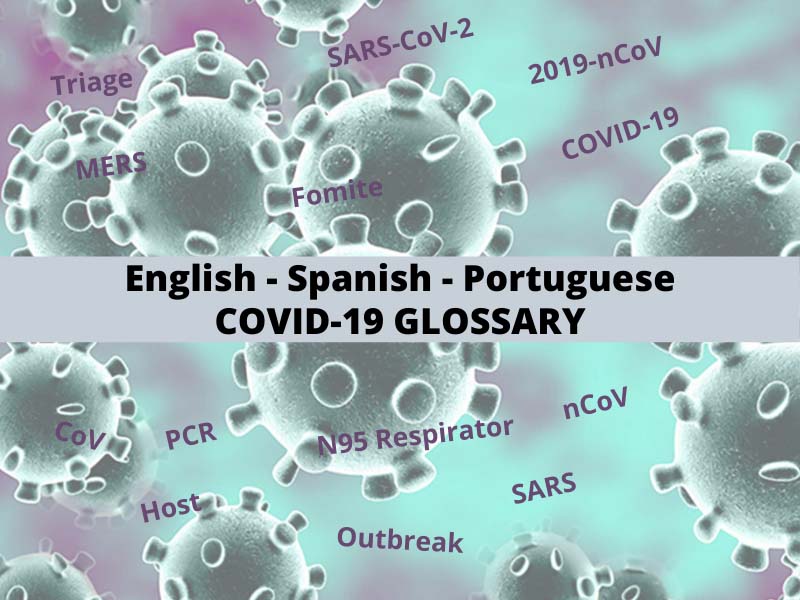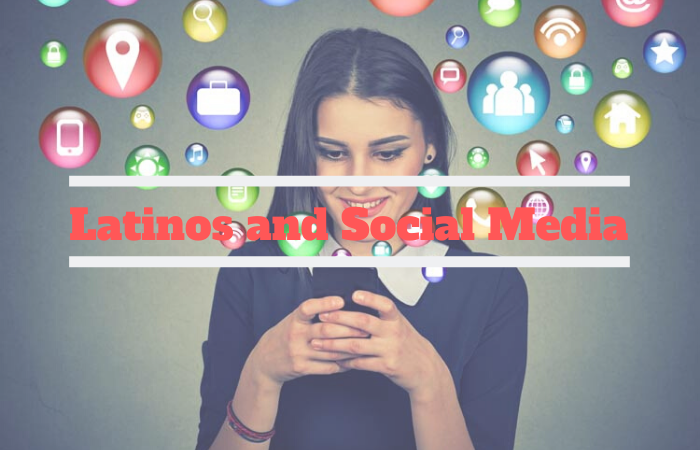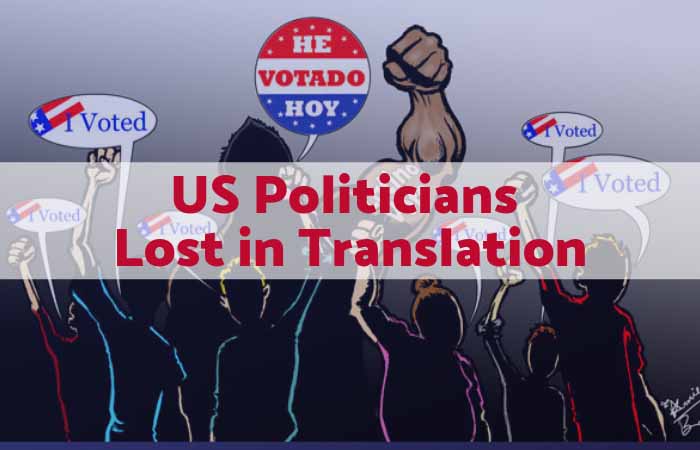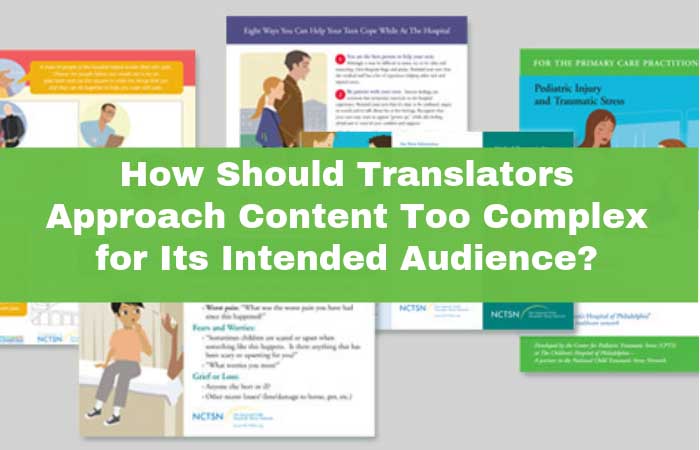In an increasingly interconnected world, where diversity is celebrated and inclusion is paramount, nonprofit organizations are recognizing the importance of effective communication to engage with diverse communities, including the Hispanic community. One significant aspect of this communication strategy is the use of Spanish translation services, as Spanish is one of the most widely spoken languages. This post explores the multifaceted reasons why nonprofits should invest in translating their materials into Spanish when trying to reach out to the Hispanic community.
Bridging the Language Gap: The Hispanic Community and Nonprofits
The Hispanic community represents a significant and growing demographic in many countries, including the United States. According to the U.S. Census Bureau, the Hispanic population in the U.S. reached 62.1 million in 2020. Many within this community rely on Spanish as their primary language. By providing Spanish translation services, nonprofits bridge the communication gap, ensuring essential information and resources reach this significant population segment.
Why Spanish Translation Matters for Nonprofits
- Enhanced Accessibility: Spanish translation makes your nonprofit’s services and resources accessible to Spanish speakers, breaking down language barriers that can hinder those seeking help. This leads to a broader, more inclusive reach, maximizing the potential impact of your organization.
- Building Trust and Rapport: Offering services in someone’s native language shows respect and consideration for their cultural background. This fosters a sense of trust and openness, making individuals and communities more receptive to your nonprofit’s message and services.
- Improved Communication and Understanding: Accurate Spanish translations prevent misunderstandings, particularly when dealing with complex or sensitive information. Effective communication is vital for nonprofit success, whether it’s providing support, educating communities, or advocating for a cause.
- Increased Visibility and Reach: Translating your website, marketing materials, and other outreach efforts into Spanish expands your nonprofit’s visibility. This allows you to connect with a broader audience, leading to increased engagement, potential supporters, and ultimately furthering your mission.
- Commitment to Cultural Sensitivity: Providing Spanish translation services demonstrates a commitment to diversity and inclusion. It shows an understanding that your nonprofit values the cultural nuances of the communities you serve, leading to more meaningful and impactful relationships.
Secure Grants with Spanish Translation
- Align with grant criteria: Many grants, particularly humanitarian grants, prioritize organizations serving diverse populations. Providing materials in Spanish showcases your commitment to reaching and supporting these communities, increasing your chances of qualifying.
- Demonstrate inclusivity: Grants often seek to fund organizations that promote diversity, equity, and inclusion. Offering Spanish translation demonstrates your dedication to these values, appealing to grantors seeking impactful partners.
Key Areas Where Spanish Translation is Essential
- Healthcare Information: Accurate translation of medical information, consent forms, and educational materials is crucial for Spanish-speaking patients. This ensures they make informed decisions about their health and receive appropriate care.
- Educational Resources: Translating educational materials, workshops, and training programs empowers Spanish-speaking communities. It grants them access to essential knowledge, skills development, and opportunities for personal and professional growth.
- Legal and Advocacy Support: Spanish translation of legal documents, advocacy materials, and information regarding rights ensures that Spanish speakers understand their legal options and can access crucial support systems.
- Disaster Relief and Crisis Response: During crisis situations, timely and accurate translation of emergency information, instructions, and support resources can be lifesaving for Spanish-speaking populations.
- Fundraising and Donor Outreach: Translating fundraising materials and donor communications expands your potential donor pool and fosters stronger relationships with Spanish-speaking supporters.
How to Implement Spanish Translation Services
- Partner with Professional Translation Agencies: Choose agencies specializing in nonprofit translation services with experience in your field. They understand the nuances of humanitarian language and can provide culturally sensitive translations.
- Utilize Technology: Translation software and tools offer quick solutions for basic communication. Combine these with professional translations for critical documents and outreach materials. Reminder: Always have machine translations reviewed by a professional translator.
- Train Bilingual Staff and Volunteers: Invest in language training for staff and volunteers who interact with Spanish-speaking communities. Even basic conversational Spanish can improve communication and build trust.
Incorporating Spanish translation services is an investment in the heart of your nonprofit’s mission. By transcending language barriers, you expand your reach, increase the effectiveness of your services, and demonstrate a genuine commitment to the communities you serve. Embracing the power of Spanish translation unlocks a world of possibilities, allowing you to amplify your impact and create a more inclusive and compassionate world.
Transpanish understands the transformative power of nonprofits to create positive change. That’s why we offer exceptional nonprofit translation services, ensuring your message of hope and progress reaches diverse communities. Our commitment to accuracy and cultural sensitivity supports your mission. Contact us today to learn about our special nonprofit discounts.


